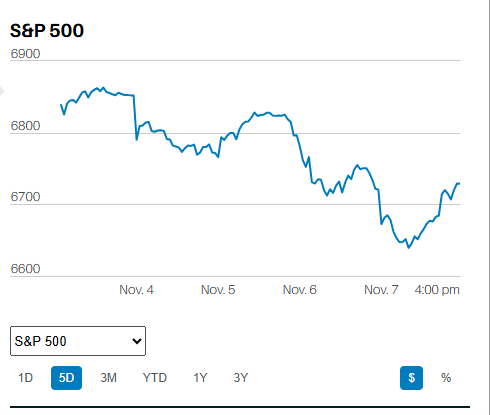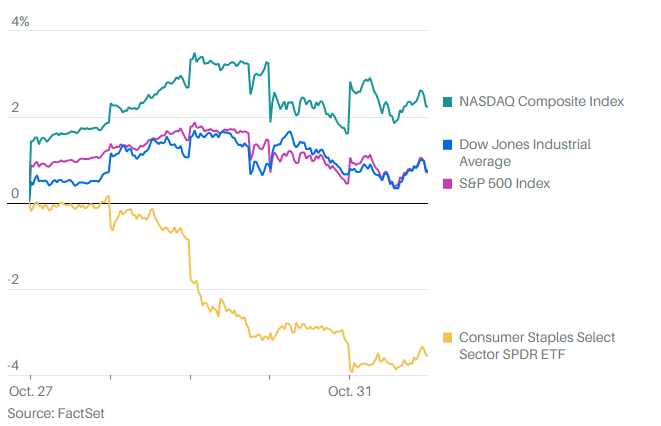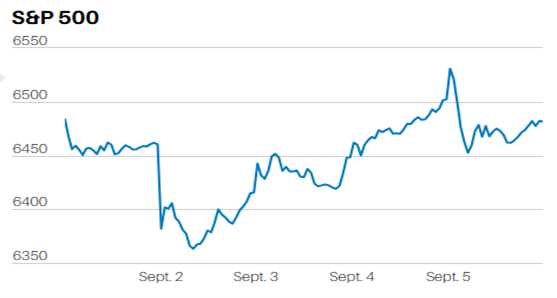
He had a guy that seemed to be doing just fine with his investment portfolio. When asked if he’d ever had anyone do retirement planning for him, he paused and then repeated that this guy (that his brother had recommended) seemed to be doing okay with the investing.
Retirement planning is about much more than investing. Investing is what you do with your savings to earn a return. You save and earn a return on your savings in order to have sufficient funds to meet your spending goals in retirement. You can’t retire and continue to consume without a retirement income, such as social security and savings. You need savings in addition to social security because social security is designed to only replace about 40% of your income. While it is true that the more you earn on your savings the less you need to save, it is not true that you will have a successful retirement 100% of the time as long as you beat the S&P 500 index return. You need to also save enough. Retirement planning is, in part, about determining an adequate savings rate.
Retirement planning is about much more than saving at an appropriate rate and investing your savings in a manner that will maximize the probability of meeting your spending goals in retirement. Retirement planning is also about contingency planning. No one knows how their future will play out, not in any real detail. Do we meet our savings goal or is it derailed by the loss of a job, illness, a divorce? Effective retirement planning includes contingency planning: What if this happens? What if that? A good retirement plan is stress tested after the basic model is built. A good retirement plan is robust enough to withstand life’s little jokes.
I had a woman tell me that her 401(k) plan had added a Roth option. A Roth IRA allows for after-tax savings, tax-free accumulation and tax free distributions. A traditional IRA allows for pre-tax savings, tax-free accumulation and taxable distributions. Tax uncertainty (not knowing future income tax rates) argues for putting money into both a Roth and Traditional IRA. The woman asked me if she should invest in the new Roth option, or continue to put money into a target-dated fund. Of course, that isn’t the choice. The Roth option isn’t an investment; it is an account that holds money that can then be invested in the same options as in the traditional 401(k) account. IRAs and Roth IRAs are not investments; they are investment accounts, with certain tax characteristics, into which you can place savings with which to invest.
I had a man tell me he didn’t want to just use index funds because he didn’t want to put all of his eggs in one basket. Index funds are now ubiquitous and can range from passively tracking a concentrated basket of investments, to tracking a broad, highly diversified basket of investments. Presumably, he meant he didn’t want to only invest in low-cost, passively managed funds, but instead wanted to also invest in higher-cost, actively managed funds as well. However, the choice between using index funds and actively managed funds has nothing to do with diversification. It is very easy to build a properly diversified index fund portfolio if that is your goal. Index funds are not an asset class; they are a type of money management style.











